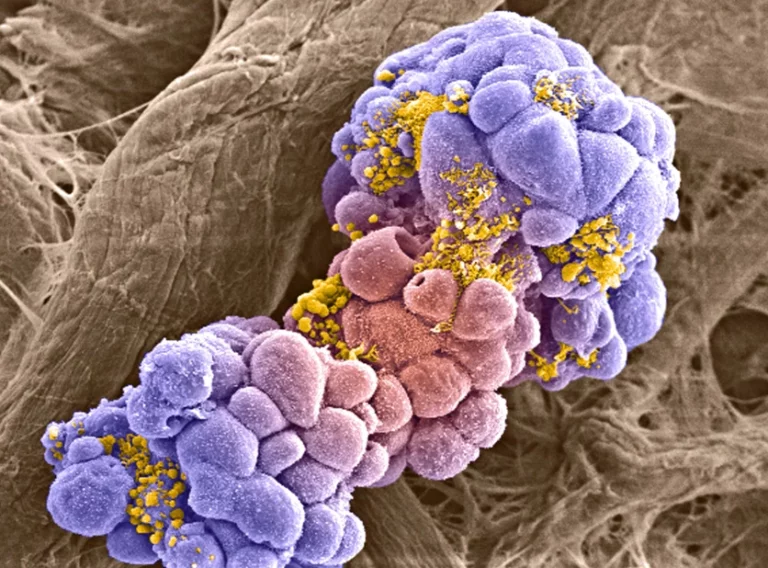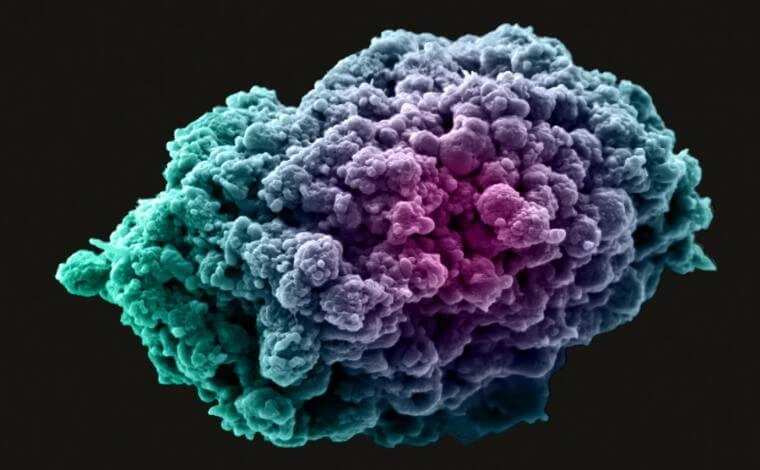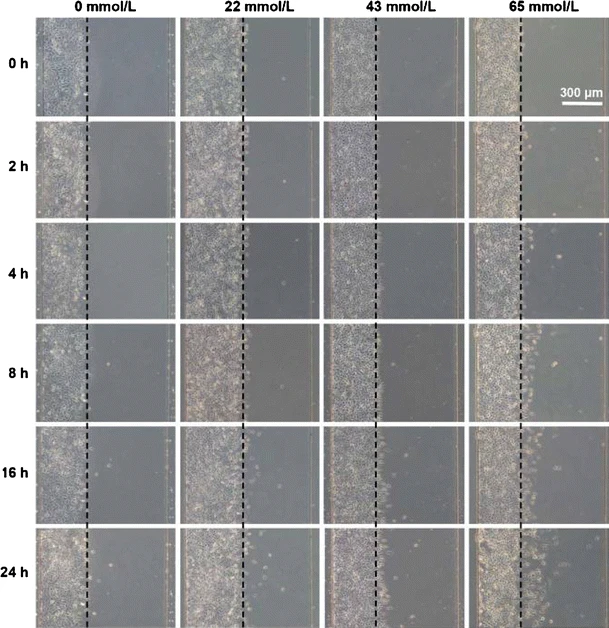Cancer cell migration pack
Follow long-term cancer cell migration in real time on top of the microscope
Keep ideal temperature conditions
Maintain your cells on top of the microscope for longterm assays
Follow cancer cell migration in ral time
Improved quality of image data gathering
Adapted to cultures under flow
Designed to fit different tubing diameters

Need a microfluidic SME partner for your Horizon Europe project?
Cancer cell migration pack

Cancer cell migration is a leading factor in poor patient prognosis
Cancer cell migration, also known as metastasis, is the process by which cancer cells detach from the original tumor to colonize another body area.
It is one of the leading causes of cancer mortality, accounting for 90% of the cases and reducing the 5-year survival rate to less than 30% [1].

Several factors can affect cancer cell migration
The tumor microenvironment plays a role in the migration of metastatic cells. As the tumor grows, the interior of the cancer mass starts to receive fewer nutrients and oxygen.
The starvation and, especially, the hypoxia lead to changes in the secreting pattern of the cells, which can affect the motility and even the drug resistance of the tumor [2].

The mechanisms for cancer cell migration are still not precise
Tumors are famous for their internal heterogeneity, so bulk research overlooks potentially essential differences between cell types that could indicate ways of preventing metastasis.
New live cell imaging techniques have unraveled some of these mysteries, but they require cells to stay on top of the microscope stage for long periods, challenging ideal cell culture conditions.
References
1. Wang, Y; Wu, D; Wu, G; Wu, J; Lu, S; Lo, J; He, Y; Zhao, C; Zhao, X; Zhang, H; Wang, S. “Metastasis-on-a-chip mimicking the progression of kidney cancer in the liver for predicting treatment efficacy”. Theranostics. 2020 Jan 1;10(1):300-311. doi: 10.7150/thno.38736. PMID: 31903121; PMCID: PMC6929630.
2. Nam, H; Funamoto, K; and Jessie, J. “Cancer cell migration and cancer drug screening in oxygen tension gradient chip”, Biomicrofluidics 14, 044107 (2020) doi.org/10.1063/5.0011216
3. Huang, Y; Agrawal, B; Clark, P. A; Williams, J. C; Kuo, J. S. “Evaluation of Cancer Stem Cell Migration Using Compartmentalizing Microfluidic Devices and Live Cell Imaging”. J. Vis. Exp. (58), e3297, doi:10.3791/3297 (2011).
Improved imaging for cancer cell migration
Temperature is one of the critical parameters that need to be kept constant during long-term live cell imaging. Our stage-top incubator was designed to do precisely that, especially for dynamic cell culture and underflow experiments. Also, the stage-top incubator ensures that the flowing liquid arrives at the cells at the desired temperature.
The standard setup is displayed below. It can easily be customized depending on the application.

The cancer cell migration pack includes:
Flow sensor (Galileo, MIC)
Stage top incubator (in development)
Software (Galileo user interface)
Flow controller
2 x 15 mL falcon reservoirs
Chip from microfluidic ChipShop (suggestion: Fluidic 834)
All necessary accessories: tubing, connectors, filters, etc.
The effect of Ethanol on cancer cell migration
Huang et al. [1] studied breast cancer cell migration under the influence of ethanol. Among other factors, such as smoking, ethanol consumption has been reported to be an independent risk for breast cancer development and progression [2], as it can affect estrogen levels in the blood [3].
They cultured breast cancer cells under flow on a chip. Once confluent, they simulated a wound using laminar flow to apply trypsin to only a part of the chip. Then, they observed the cells while exposing them to different ethanol concentrations.
Over 24h, the highest ethanol concentration (65 mmol/L) induced the highest cell migration of the tested conditions, which showed an overall direct correlation. Studies such as this pave the way for scientists to study cells under a controlled microenvironment so the nuances of cellular behavior can be clarified.

References
1. Huang, X., Li, L., Tu, Q. et al. On-chip cell migration assay for quantifying the effect of ethanol on MCF-7 human breast cancer cells. Microfluid Nanofluid 10, 1333–1341 (2011). https://doi.org/10.1007/s10404-011-0766-9
2. Boffetta P, Hashibe M (2006) Alcohol and cancer. Lancet Oncol 7:149–156
3. Maniyar R, Chakraborty S, Suriano R. Ethanol Enhances Estrogen Mediated Angiogenesis in Breast Cancer. J Cancer. 2018 Oct 6;9(21):3874-3885. doi: 10.7150/jca.25581. PMID: 30410590; PMCID: PMC6218769.
Customize your pack
Contact our experts to answer any questions about this stage top incubator for microfluidics pack and how it can match your specifications!
Frequently asked questions
Can the stage top incubator be sterilized?
Yes, we have developed a simple protocol for sterilization and cleaning that is provided along with the user guide.
Can the stage top incubator be placed inside the CO2 incubator?
The Stage Top Incubator was designed to be kept outside the CO2 incubator, but it can be adapted on demand.
Is the stage top incubator gas-tight?
No, the Stage Top Incubator allows gas exchange with the atmosphere.
Do the reservoirs of media need to be kept at 370°C?
No, the reservoirs can be kept at room temperature. The Stage Top Incubator was designed to ensure that the media reaches the cells at the desired temperature regardless of the temperature of the reservoirs.




